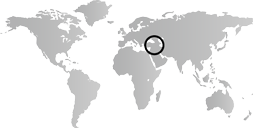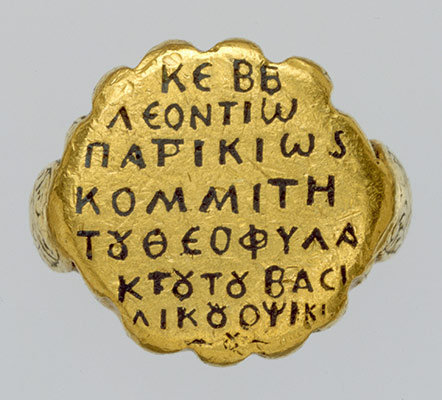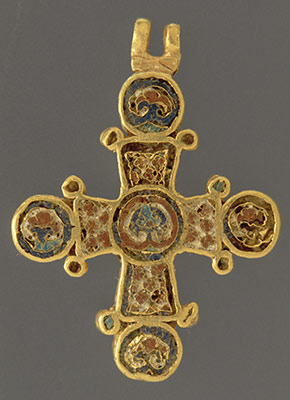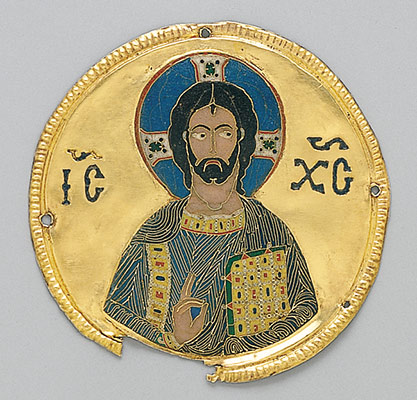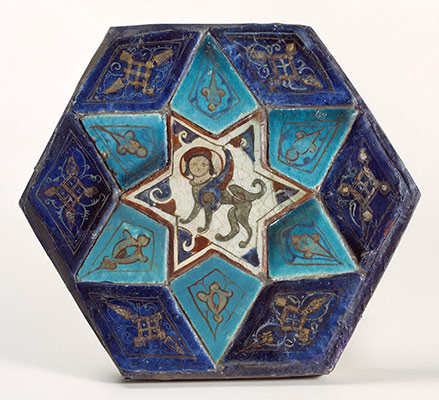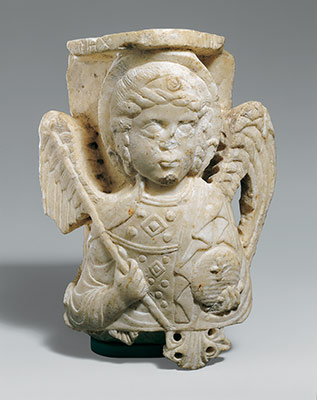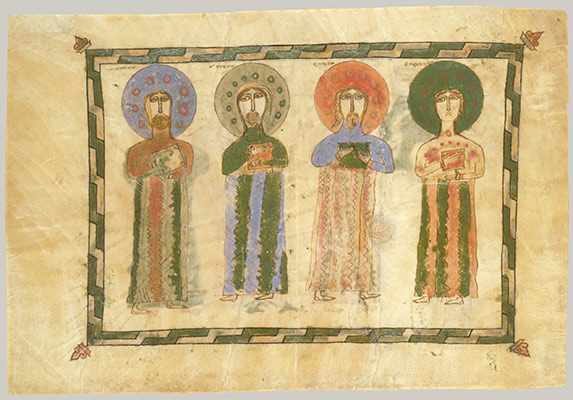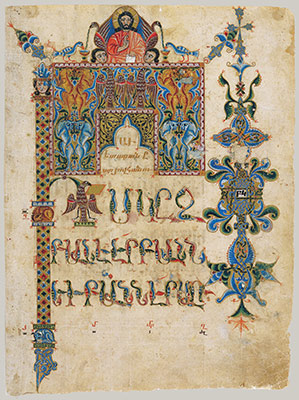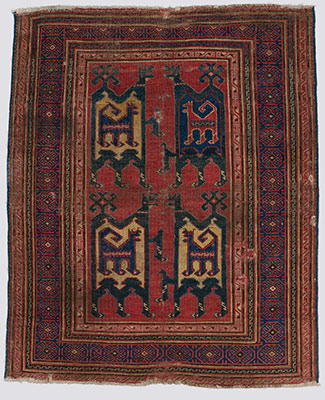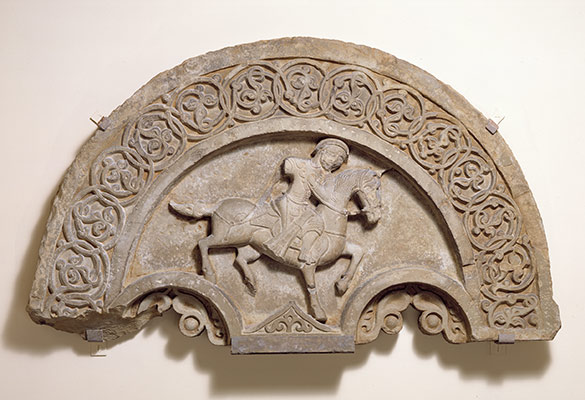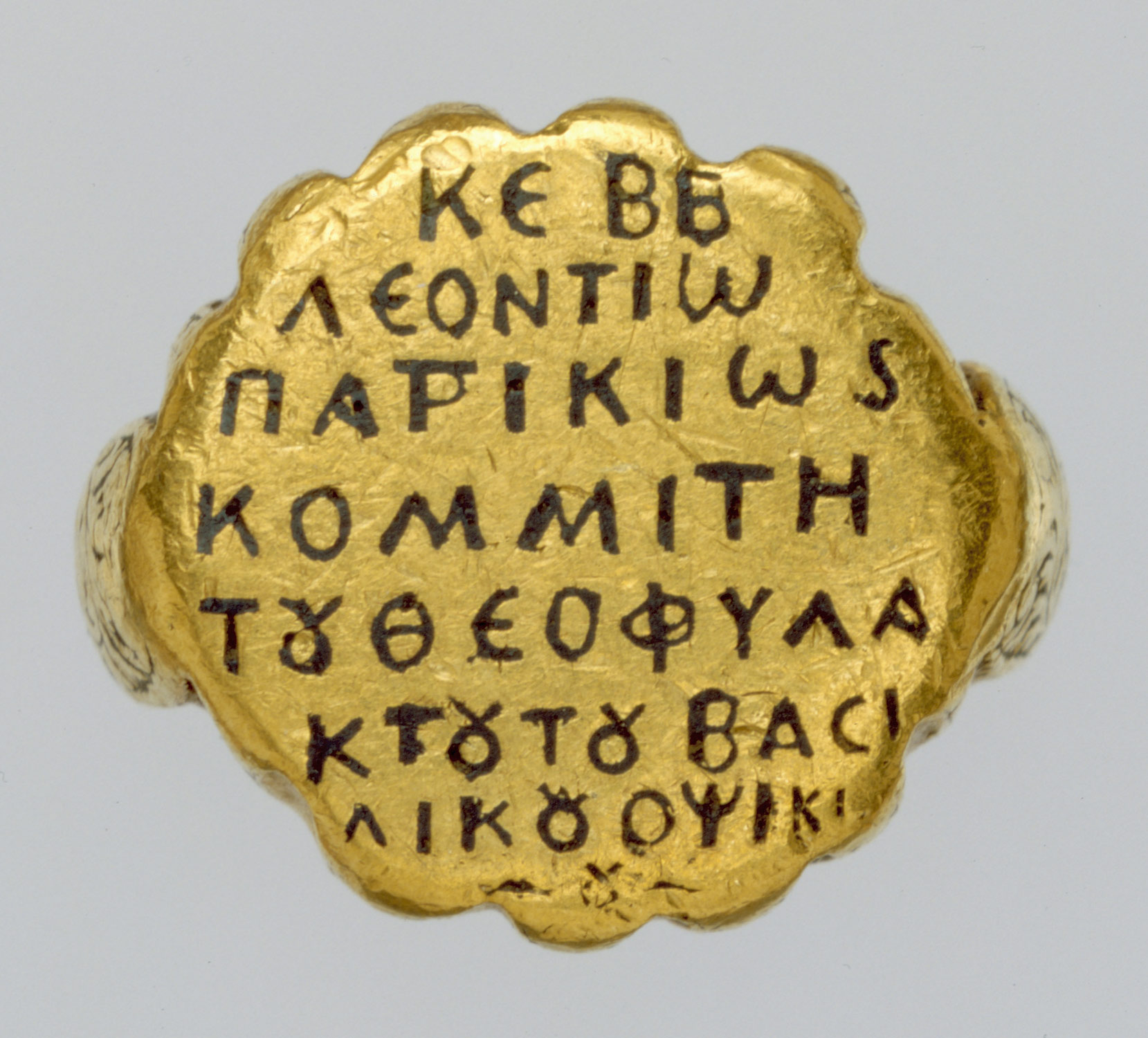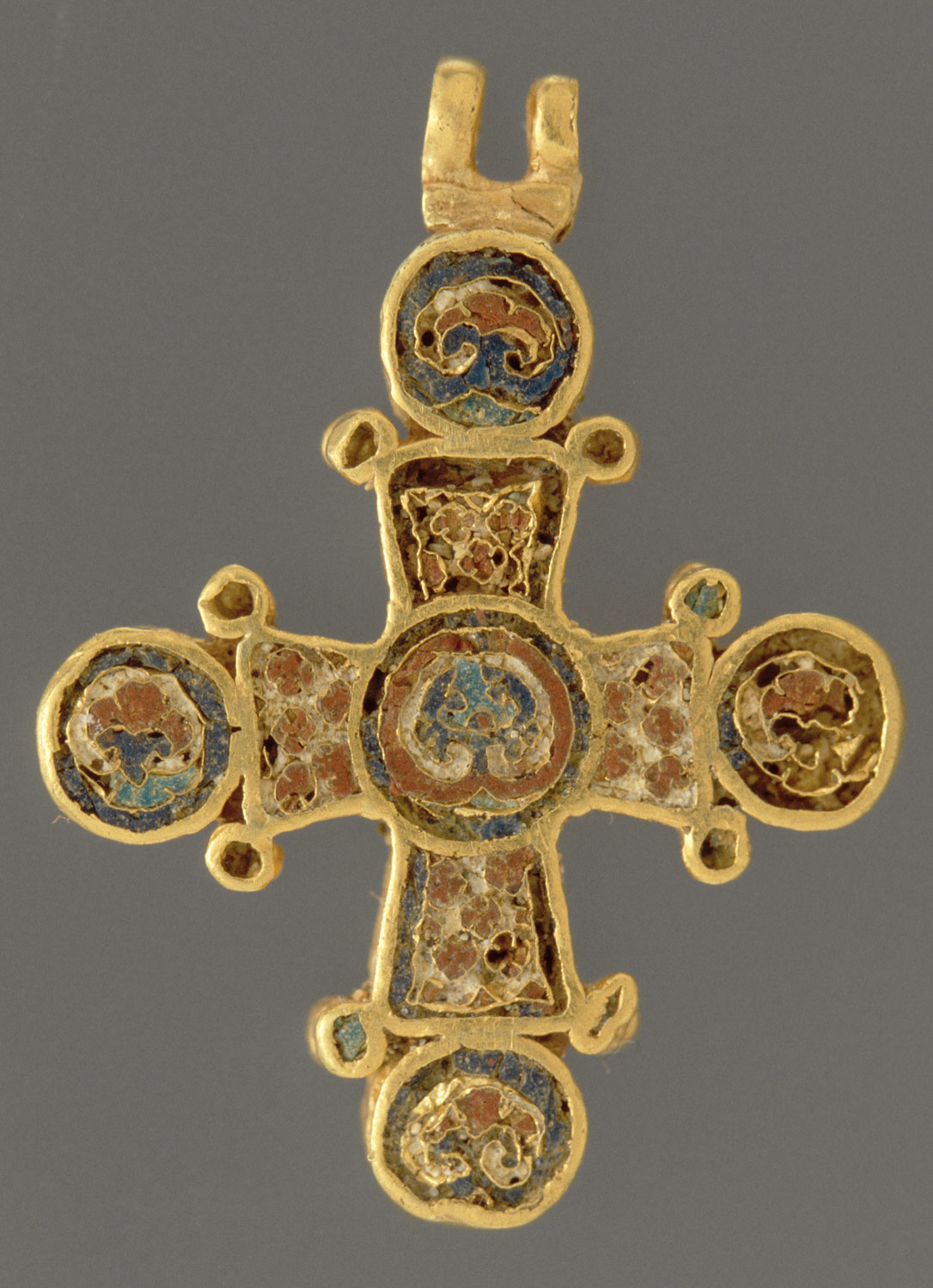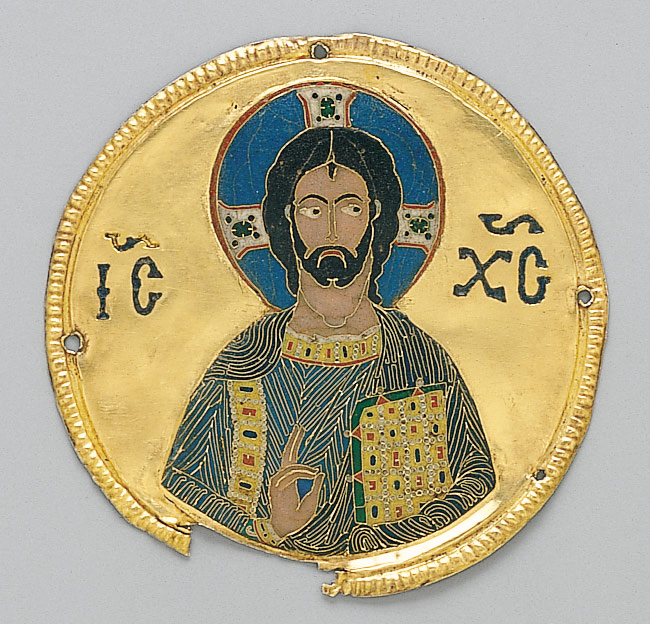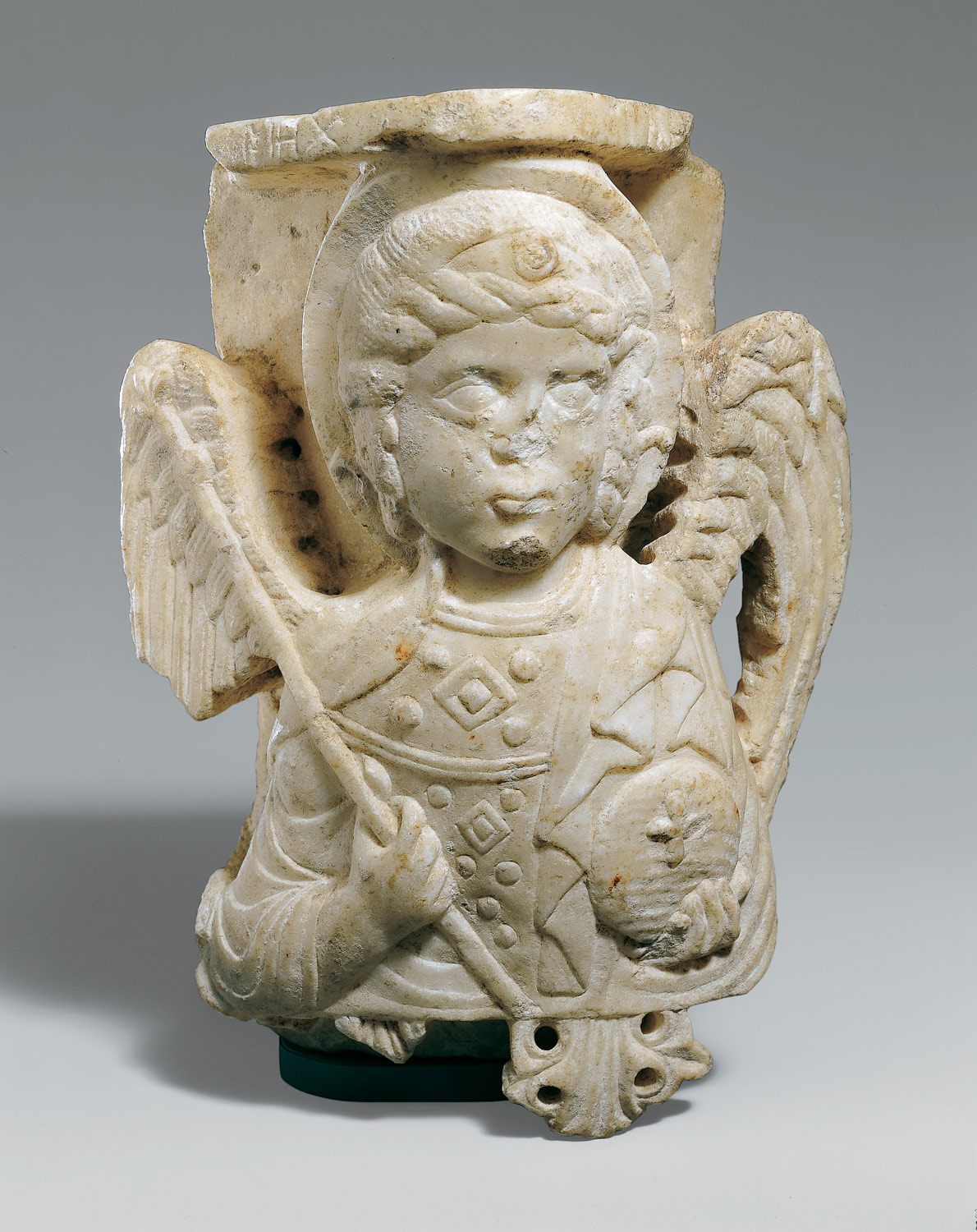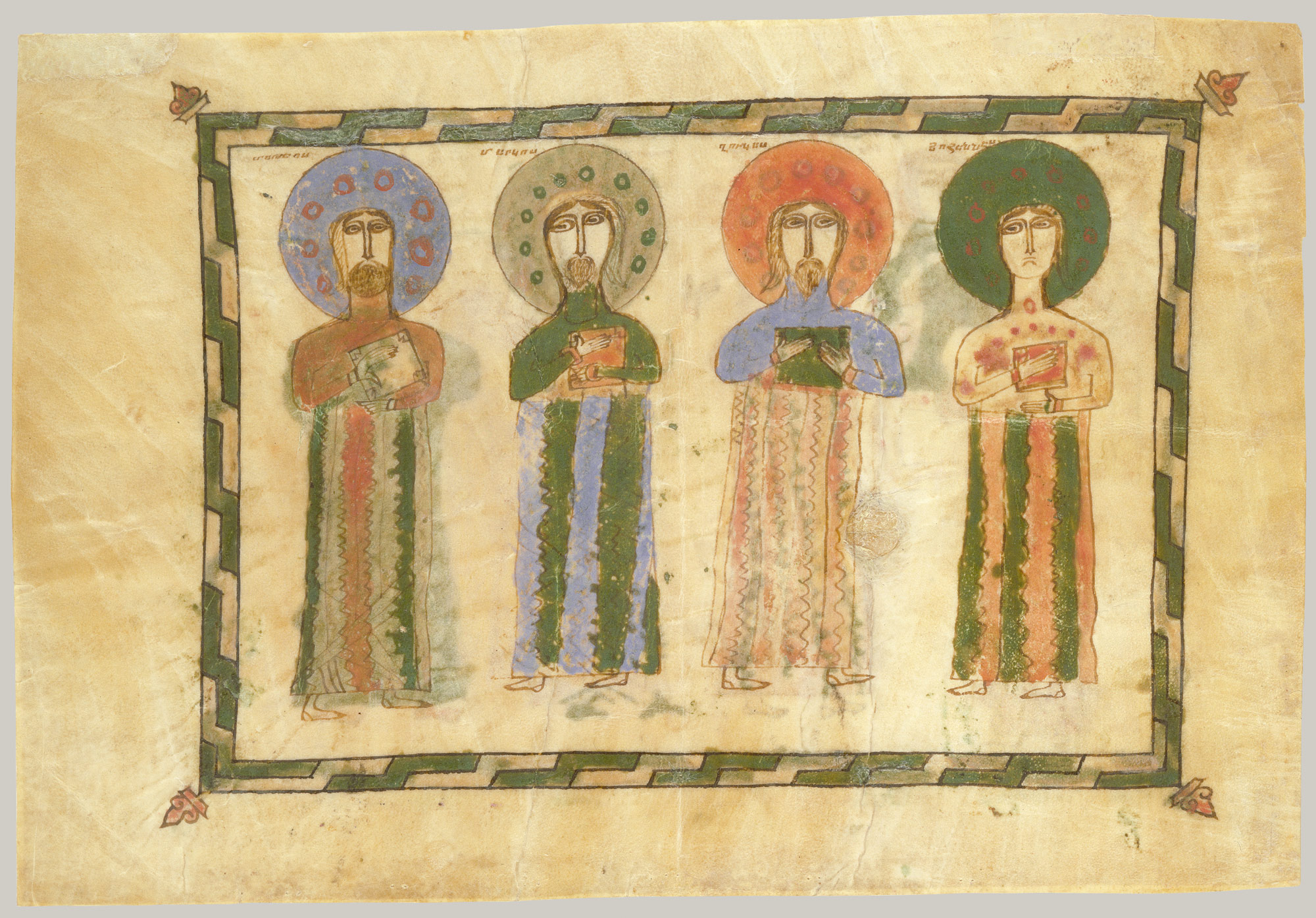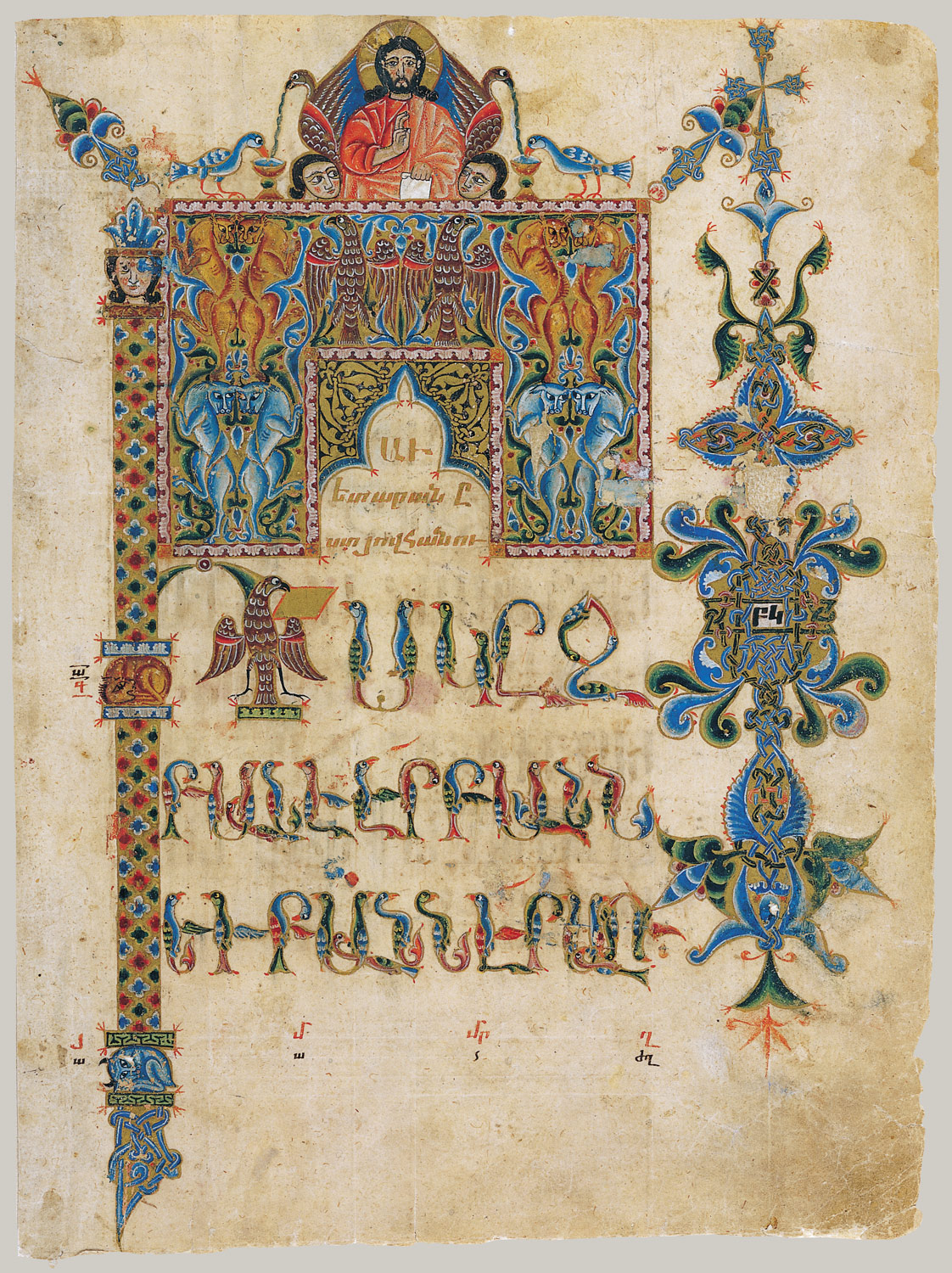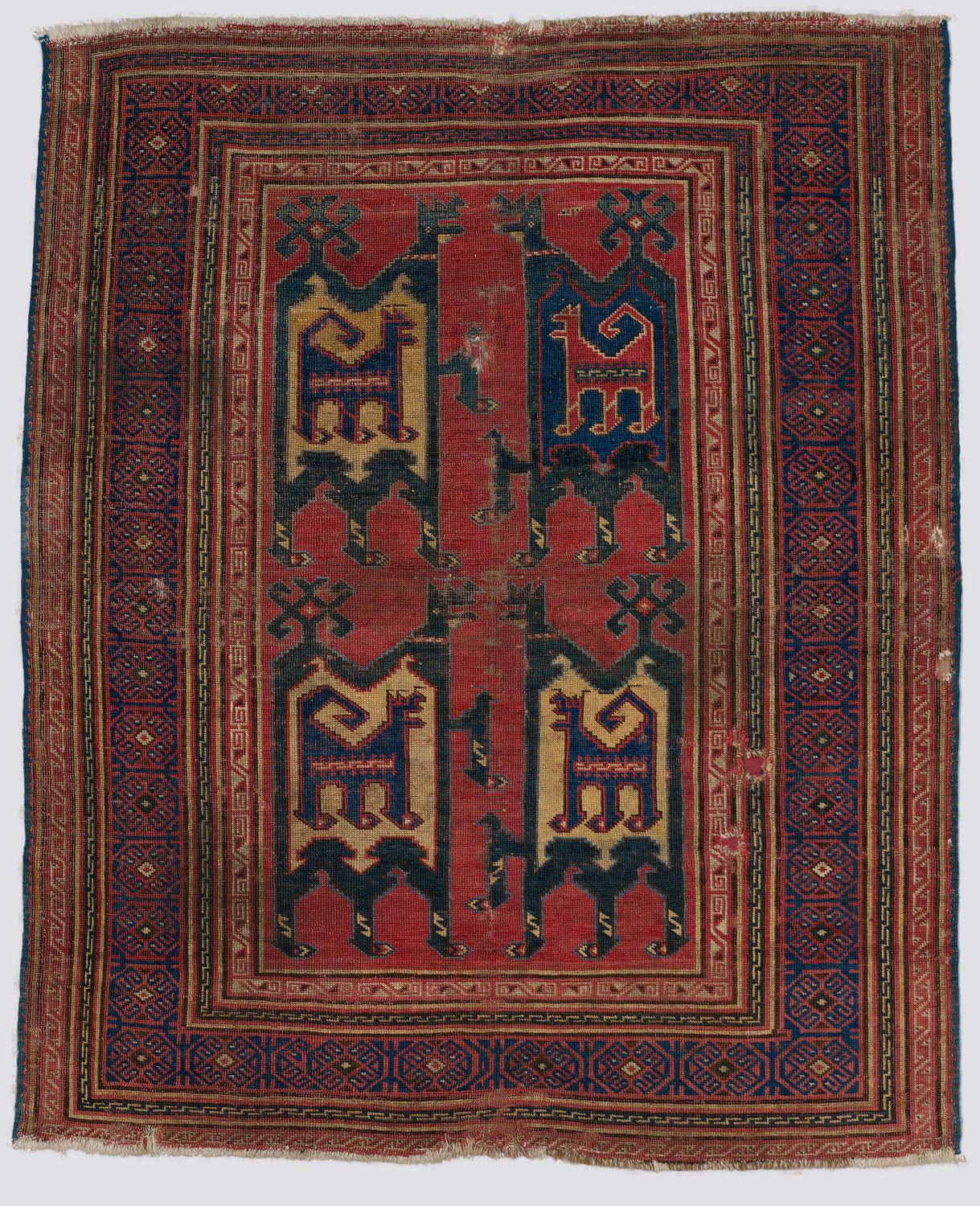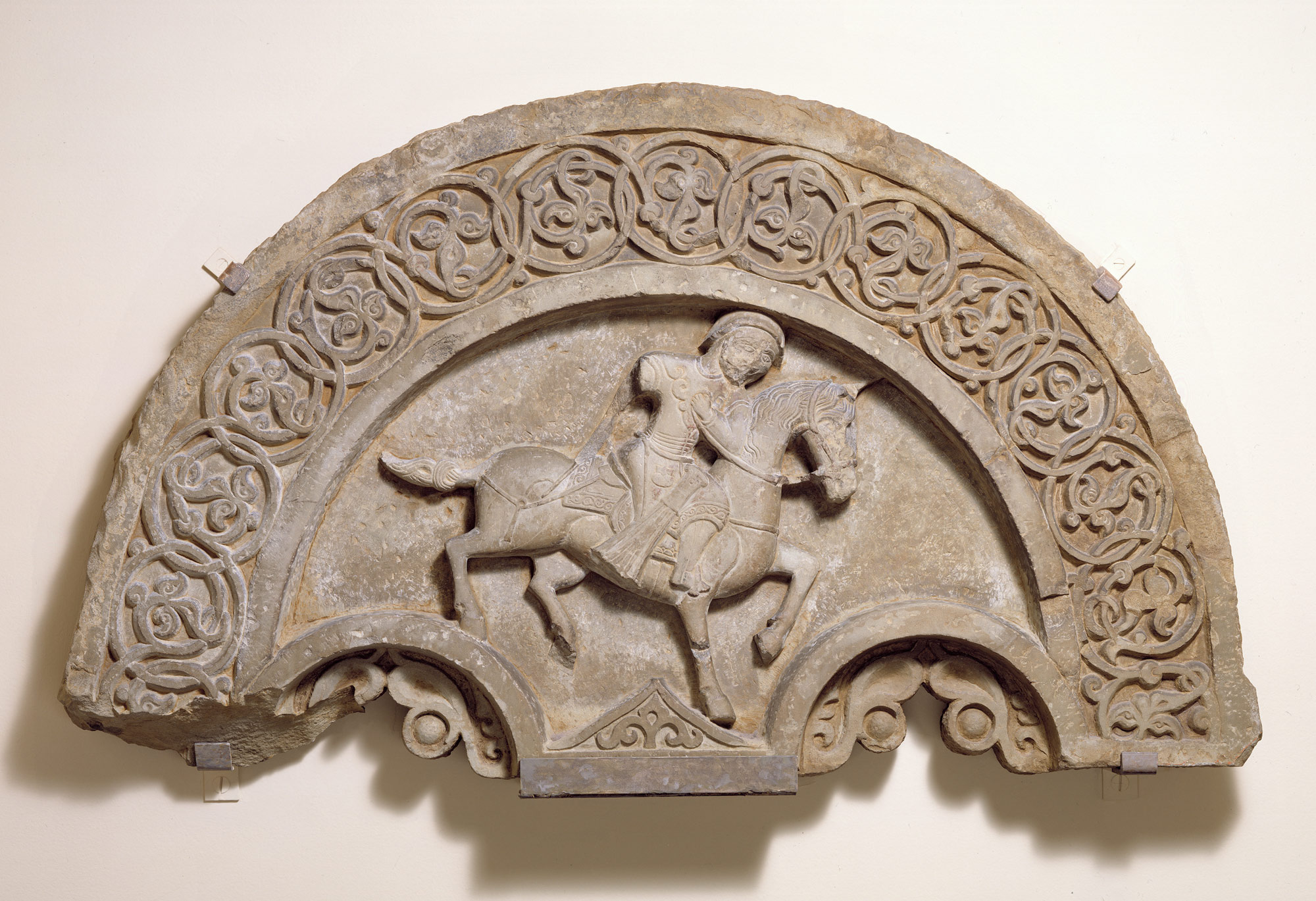The period from 1000 to 1400 in Anatolia and the Caucasus is a time of Turkic and Muslim expansion at the expense of the Byzantine empire’s eastern territories. The arrival of the Crusaders from the west, especially the conquest of Constantinople by the Fourth Crusade in 1204, further undermines the civil authority of the Byzantine state. The advance of the Mongol armies from the east also fragments power in the region. Anatolia will not be reunified until the Ottoman conquests in the late fifteenth century. The plurality of the period, however, brings cross-cultural exchange and innovations in the arts as well as architecture.
Anatolia and the Caucasus, 1000–1400 A.D.
Timeline
1000 A.D.
1100 A.D.
ANATOLIA
CAUCASUS
1100 A.D.
1200 A.D.
ANATOLIA
CAUCASUS
1200 A.D.
1300 A.D.
ANATOLIA
CAUCASUS
1300 A.D.
1400 A.D.
ANATOLIA
CAUCASUS
Overview
Key Events
-
ca. 1025
Under the Byzantine emperor Basil II (r. 976–1025), western Armenian territories are annexed and Byzantium reaches its greatest medieval extent.
-
1071
The defeat of the Byzantine army by Seljuq forces at the Battle of Manzikert (in present-day eastern Turkey) leads to the penetration, settlement, and conquest of Anatolia by Turkic tribes. At this time, Armenia passes under Seljuq rule, while Georgia expands its control over the Caucasus. A branch of the Seljuqs establishes its own realm in Anatolia and rule from Nicaea (modern Iznik). The Turkic/Muslim expansion prompts the First Crusade.
-
1087
The relics of Saint Nicholas, patron saint of seafarers, are stolen by Italian sailors from his patron church in Myra on the Mediterranean coast of Anatolia and transported to Bari in southern Italy, where the saint’s cult flourishes.
-
1096–1097
At the invitation of the Byzantine court, the first Crusaders arrive in Anatolia en route to the Holy Land. Their capture of Nicaea (Iznik) forces the Anatolian Seljuqs to find a new capital, which is eventually established in Konya (1116).
-
1101–1409
Two branches of the Artuqid dynasty rule in southeastern Anatolia. Architecture and the arts, especially metalwork and textiles, reflect Seljuq influences and contact with Byzantium and the Crusaders.
-
1147
The city of Ephesus serves as a staging point for the Second Crusade, en route to the Holy Land.
-
ca. 1200–1300
A period of tremendous cultural activity in Anatolia, with a synthesis of different immigrant traditions; important personages include Ibn al-‘Arabi (philosopher), Maulana Jalal al-Din al-Rumi (spiritual leader), and Yunus Emre (poet).
-
1204
Byzantium is conquered and occupied by Western armies of the Fourth Crusade. As plunders of war, Byzantine works of art are dispersed throughout the Western medieval world. In place of a centralized Byzantine government, with its one capital in Constantinople, independent Byzantine states in exile are established in the former imperial provinces: the empire of Nicaea (1204–61), the empire of the Grand Komnenoi at Trebizond (1204–1461), and the despotate of Epirus (1204–1318).
-
1205–1243
The zenith of Anatolian Seljuq power. Besides centralization and military expansion, trade and artistic creativity also define this period. The caravanserais built for traveling merchants, as well as the architectural activity during the reign of ‘Ala’ al-Din Kai Qubad I (r. 1219–37), including his palace and mosque in Konya, are especially noteworthy.
-
1227–1502
The Golden Horde khanate rules the western part of the Mongol empire in the Caucasus and the Volga basin north of the Black and Caspian seas. At its greatest extent, the khanate stretches from the Danube to the River Irtysh in Siberia.
-
1243
The Seljuqs are defeated by the Ilkhanids, the Mongol dynasty ruling in Iran, at the Battle of Köse Dagh, and are forced to pay a large tribute; Anatolia becomes closely linked to Iran politically, culturally, and artistically.
-
1261
A new Byzantine emperor, Michael VIII Palaiologos (r. 1259–82), emerges from exile in the state of Nicaea and recovers Constantinople, reestablishing the empire on a much reduced scale.
-
ca. 1261–1310
Dozens of independent regional principalities, including the Osmanli (Ottomans) in northwestern Anatolia, replace the relative unity of Seljuq rule and become prominent after the fall of the Ilkhanids. While this fragmented power continues until Ottoman supremacy in the late fifteenth century, the courts of these regional dynasties provide multiple centers of artistic patronage.
-
ca. 1314
With the move of its capital to Kutaisi, the western Georgian kingdom enters a period of increased diplomacy and trade with the empire of the Grand Komnenoi at Trebizond.
-
ca. 1350
The Grand Komnenoi form marriage alliances between Byzantine princesses in Trebizond and Turkmen rulers in the east.
-
1389–1403
Reign of Bayezid I (“the Thunderbolt”), the Ottoman ruler whose conquests in Anatolia and the Balkans bring on the fatal battle against Timur (Tamerlane), the great Turko-Mongol ruler. Bayezid is equally ambitious in his patronage, which is exemplified by the Great Mosque of Bursa (1396–1400).
Citation
“Anatolia and the Caucasus, 1000–1400 A.D.” In Heilbrunn Timeline of Art History. New York: The Metropolitan Museum of Art, 2000–. http://www.metmuseum.org/toah/ht/?period=07®ion=waa (October 2001)
Related
Map
